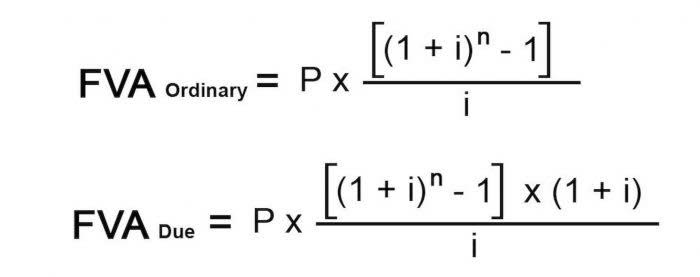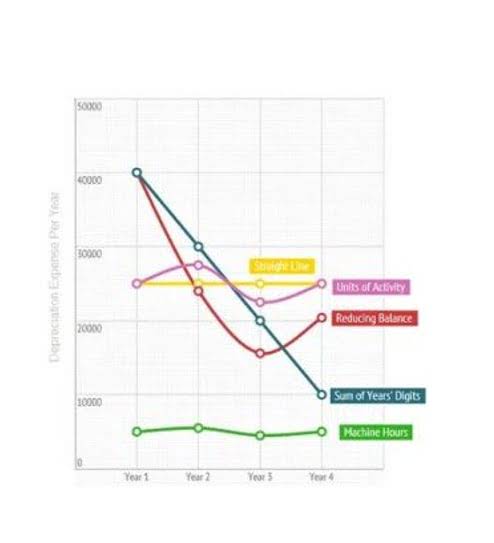
Control accounts are fundamental tools in accounting that consolidate and summarize detailed transactions from subsidiary ledgers. By maintaining accurate balances in the general ledger, control accounts facilitate efficient financial management, monitoring, and reporting. Whether tracking accounts receivable, accounts payable, or inventory, control accounts ensure transparency, internal control, and operational efficiency within organizations.
Advantage of control accounts

Thus, the above accounts are regularly QuickBooks reconciled in order to ensure that the ending balance in the control account will match with the subsidiary account balance. This will help in reviewing and managing the data very quickly and methodically. Control accounts are useful in auditing because they provide summary balances to look at rather than a lot of individual transaction details that are available in the sub ledgers. Simply we can say that it tells how much business owes to the suppliers of a business at a particular time period. It means the aggregate accounts payable are included in this control account. Hence, we have reconciled the control account and receivable balance in the general ledger.
- Hence, generally, the individual account balances and the control account balance will be tallied.
- The main account needs to be shown in the financials (the parties have maintained, i.e., an individual account for the same nature of transactions, and the summarized balance is shown).
- They are a core accounting tool that aids ledger integrity and financial statement accuracy.
- Here are some of the common types of such an account, which can be primarily segregated based on the nature of transaction and the type of information that is available.
- While this may seem small, it is still a task that has to be taken on.
- They’re also a means of double checking accounts, to make sure no mistakes have occurred.
Control Accounts – An Overview
Moreover, it bring forth accuracy of analysis because it provides double-check of ending balances of each account. Most importantly, the ending balance of the subsidiary ledger should match the ending balance of the related controlling account. This account contains aggregated totals for transactions that are individually stored in subsidiary-level ledger accounts. The ending balance in a control account should match the ending total for the related subsidiary ledger.

Purchase Ledger Control Account

They are especially important for reconciliation in large companies with a high volume of transactions when only the balance of the account is needed. The general ledger account that sums the subsidiary accounts is said to control the balances that are reported in the ledger. This makes sense because the subsidiary accounts are not directly reported in the GL. They are summarized and posted to the control account that in turn appears in the GL. In this way, the controlling account really does dictate what appears in the GL and what is reported on the financial statements. Many of the accounts seen in the financial statements, take cash for instance, is shown as the control account in the balance sheet.
Control Accounts: Meaning, Advantages and Formats
And right at the bottom of the page, you can find plenty more questions on control accounts submitted by fellow students. Control accounts are a fundamental accounting technique used to maintain ledger discipline, improve financial reporting efficiency and accuracy and enable strong auditing. Transactions update both the control account and underlying sub ledger for equal amounts. This helps to consolidate reporting, give quicker insights, and promote enhanced control and fraud prevention. The information within a ledger can be aggregated for financial statements, reports and audits, and are a key component of accounting systems. Every business event that impacts a given account is recorded in its ledger and is usually managed initially in accounting software.
Control account for accounts payables (reconciliation perspective)
Next up, we’re going to tackle the penultimate step in the accounting cycle – the trial balance. (v) It provides a basis for reconciliation of cost and financial accounts. (iii) It facilitates prompt preparation of profit and loss account and balance sheet at the end of each period by providing stock figures quickly. Control accounts could also be used for accounts payable, equipment, and inventory. Suppose the closing balance of creditors in the general ledger is valued at $3,45,000 as of December 31, 2021, and the following is the break-up of the balance.

After almost a decade of experience in public accounting, he created MyAccountingCourse.com to help people learn accounting & finance, pass the CPA exam, and start their career. The word reconciliation actually comes from reconcile, which means to make two amounts agree in value. It is now the main source of inspiration, education, and collaboration for the owners of fast-growing businesses, from startups to mid-market companies. Real Business provides readers with high profile interviews, news, insight and Accounting for Churches industry benchmark reports, as well as a growing stable of events tailored to SME growth.
Now, we are confident in the accuracy of what is a control account in accounting the receivable balance and can be used to form a financial statement. However, before using specific balance calculated, we need to apply control and ensure the accuracy of the balance. We need to apply control because these accounts are expected to have a massive number of transactions.